FEATURES
How does cruise control affect a car’s efficiency?
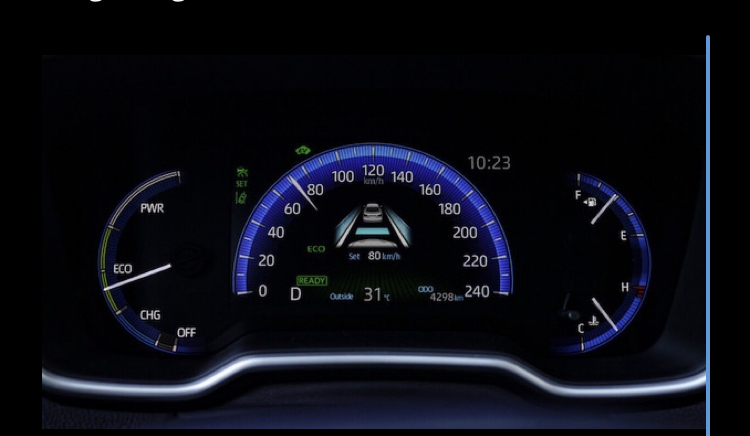
Cruise control is usually less efficient than a light right foot.
The problem with most cruise control systems is that they’re not programmed to maintain optimum fuel economy. Instead, they’re programmed to maintain a constant speed. If you are driving in a perfectly straight line on a perfectly level road, that is usually enough to maintain optimum economy, but roads are rarely perfectly straight or level.
There are several techniques for getting high fuel economy numbers, but there are two techniques that most drivers use unconsciously that make your average driver potentially more economical than cruise control.
The first is constant load driving. Where you simply maintain constant throttle pressure and constant load on the engine, regardless of road speed.
See, cruise control does this perfectly well on a level road, but throw in slight inclines and drops, or headwinds or crosswinds, and the cruise control will sometimes add more power in order to maintain speed, rather than letting it drop naturally as you go uphill, in the expectation that you will regain speed as you descend again.
Instead, the cruise control will increase engine output to maintain a higher speed going up hills, then will sometimes brake or engine brake when the car speeds up on the opposite side, where it would be much more economical to let the car naturally slow down and speed up, preserving the momentum you have instead of maintaining a constant speed with unnecessary braking and acceleration.
This rhythmic approach to driving is also the basis of the pulse and glide technique, which is even more economical, but which requires quite a bit more skill and a lot of math. It also requires you to turn off the engine while coasting… which means it’s a technique uniquely suited to hybrids, which already turn off their engines automatically while coasting. It’s still rather controversial, and in most cases, simply driving under constant load is enough to make a difference.
The second technique is anticipation. Cruise control cannot anticipate slower traffic or stops. Adaptive cruise control systems will see obstacles up ahead, and react to them, braking to match speed. This is a waste of fuel. It is often better to coast down to the same speed as the car in front of you, bleeding off your momentum naturally. An attentive driver will also match their speed naturally to the traffic around them, rather than speeding up to a preset speed as soon as a gap opens up… only to slow down again when they come up behind a slower car. Insisting on your right to go 80 mph (130 km/h) when the traffic around you is all going 60 (just under 100 km/h) is a great way to waste gas and increase your stress levels.
By adjusting to the natural flow of traffic, you can use much less fuel than most cruise control systems. Though some adaptive systems now deal with obstacles and traffic much more organically than before, they can’t make decisions for you. In the end, achieving optimum fuel economy still depends on the person behind the wheel.
-
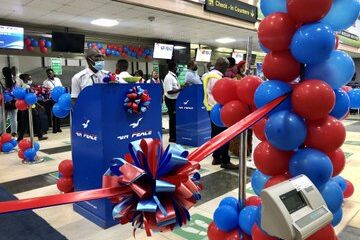
 AVIATION5 years ago
AVIATION5 years agoPhoto News: Air Peace commence flight operations to South Africa
-
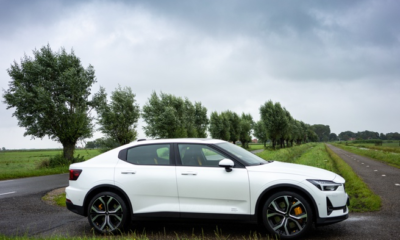
 Car News5 years ago
Car News5 years agoPolestar is recalls over 2000 electric cars due to software bug
-

 RAIL5 years ago
RAIL5 years ago36 Killed in Pakistan Train Accident
-
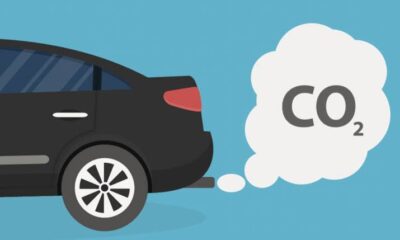
 Technology5 years ago
Technology5 years agoCommon mistakes in CO₂ emissions calculations
-
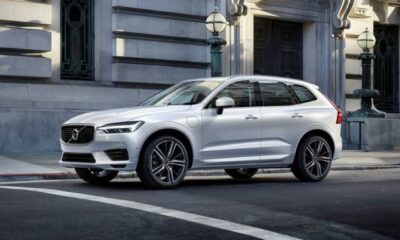
 Business5 years ago
Business5 years ago2016 Volvo XC60 review and specifications
-
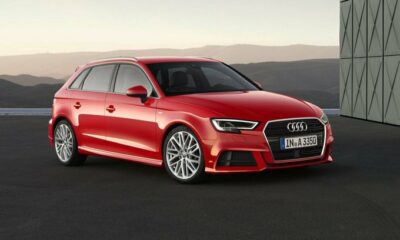
 Reviews5 years ago
Reviews5 years ago2021 Audi A6 Specifications and Review
-
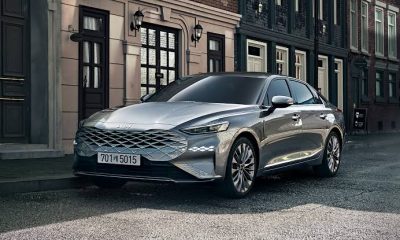
 Reviews3 years ago
Reviews3 years agoDebutant Kia’s new K8 sedan benchmarks luxury, safety
-
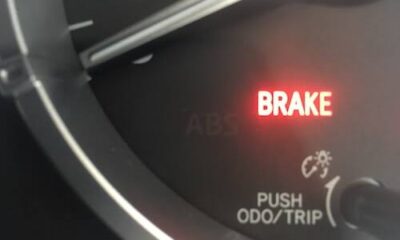
 SAFETY / CAR CARE5 years ago
SAFETY / CAR CARE5 years agoHandbrake warning light; what it means and what to do
